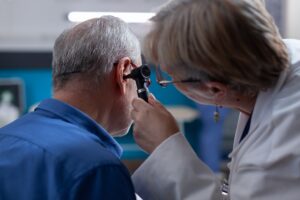Vision and Hearing Disability: SSA Blue Book Criteria for Special Senses
Did you know that over 12 million Americans over the age of 40 live with vision impairment, including 1 million who experience complete blindness? Additionally, 15% of U.S. adults face hearing challenges, according to data from the CDC and NIDCD. These sensory disabilities can make everyday tasks—such as driving, conversing, and maintaining employment—extremely difficult.
The Social Security Administration (SSA) recognizes the significant impact of severe vision or hearing loss in its Blue Book Section 2.00 disability criteria. This guide outlines how the SSA evaluates these sensory impairments and offers expert-backed strategies to enhance your chances of receiving essential benefits.
Understanding Special Senses Impairments
Section 2.00 of the SSA’s Blue Book covers impairments affecting vision, hearing, and speech, which are critical for daily functioning. Examples include:
- Visual Disorders: Blindness, glaucoma, macular degeneration, or diplopia (double vision).
- Hearing Loss: Sensorineural or conductive hearing loss, tinnitus, or vestibular dysfunction (e.g., Ménière’s disease).
- Speech Disorders: Aphasia or dysarthria caused by neurological damage.
These conditions often lead to challenges in navigating environments, understanding speech, or maintaining employment.
The SSA’s Blue Book and Sensory Impairments
The SSA evaluates sensory disabilities using strict criteria in Section 2.00. Key requirements include:
Objective Medical Evidence
- Vision: Snellen chart results, visual field tests (e.g., perimetry), or documentation of ocular motility issues.
- Hearing: Audiograms (air/bone conduction thresholds) and speech discrimination scores.
- Vestibular Disorders: Caloric testing or electronystagmography (ENG).

Severity and Duration
Impairments must last 12+ months and prevent substantial gainful activity (SGA). SGA refers to work activity the SSA deems significant and gainful. For 2025, the SGA limit is $1,620/month for non-blind individuals.
Key Listings
- 2.02: Loss of central visual acuity (20/200 or worse in the better eye).
- 2.03: Peripheral vision loss (tunnel vision ≤ 20 degrees).
- 2.10: Hearing loss with an average threshold of 90+ decibels in the better ear.
- 2.07: Vestibular dysfunction causing gait disturbance or falls.
Key Factors in the SSA’s Evaluation Process
Medical Evidence
- Vision: Snellen chart results, visual field tests, and ophthalmologist reports.
- Hearing: Audiograms, speech discrimination scores, and vestibular testing.
Functional Limitations (RFC Assessment)
The SSA assesses how impairments affect:
- Mobility: Difficulty crossing streets or avoiding hazards due to vision loss.
- Communication: Struggling to hear phone calls or follow verbal instructions.
- Work Tasks: Inability to perform jobs requiring sharp vision or clear hearing.
You can learn more about RFC (link to new article)
Remember to focus on objective evidence such as audiograms and visual field tests. Keep a record of daily challenges through journals or statements from witnesses and consider vocational factors, including age and work history.
Contact Us for a Free Consultation
At Trajector Disability, our team of experts is ready to help you understand your possible benefits and lead you through your journey! Whether you’re seeking Social Security Disability Insurance (SSDI) or Supplemental Security Income (SSI), our experts are ready to assist you. Schedule a free consultation, and rest assured—you won’t be charged unless your claim is approved.
FAQs
What level of vision loss qualifies for disability?
Best corrected central visual acuity of 20/200 or worse or visual field ≤ 20 degrees (Listing 2.02/2.03).
How are speech impairments evaluated?
The SSA assesses severity, impact on communication, and treatment effectiveness. Documentation from a speech-language pathologist is required.


